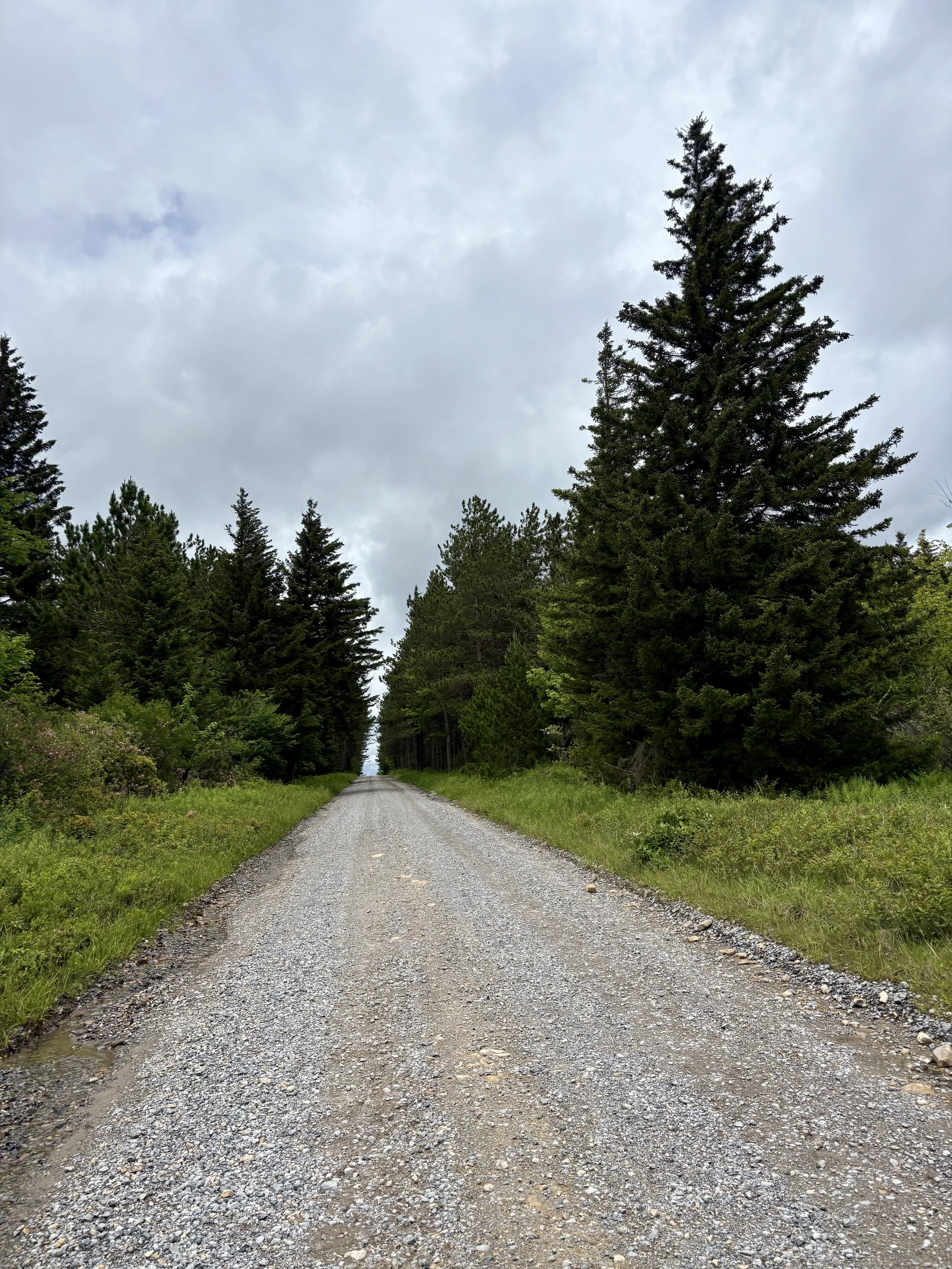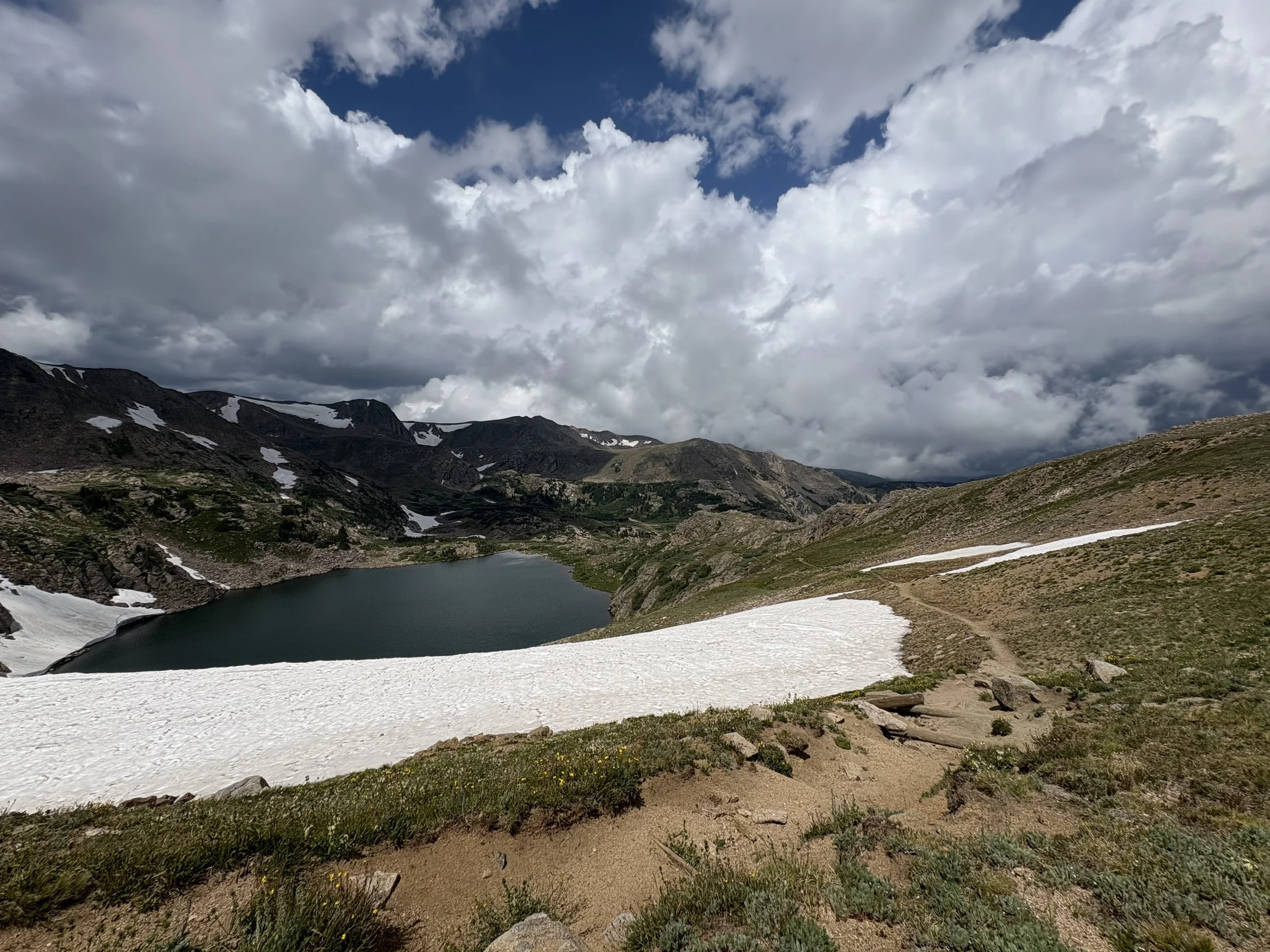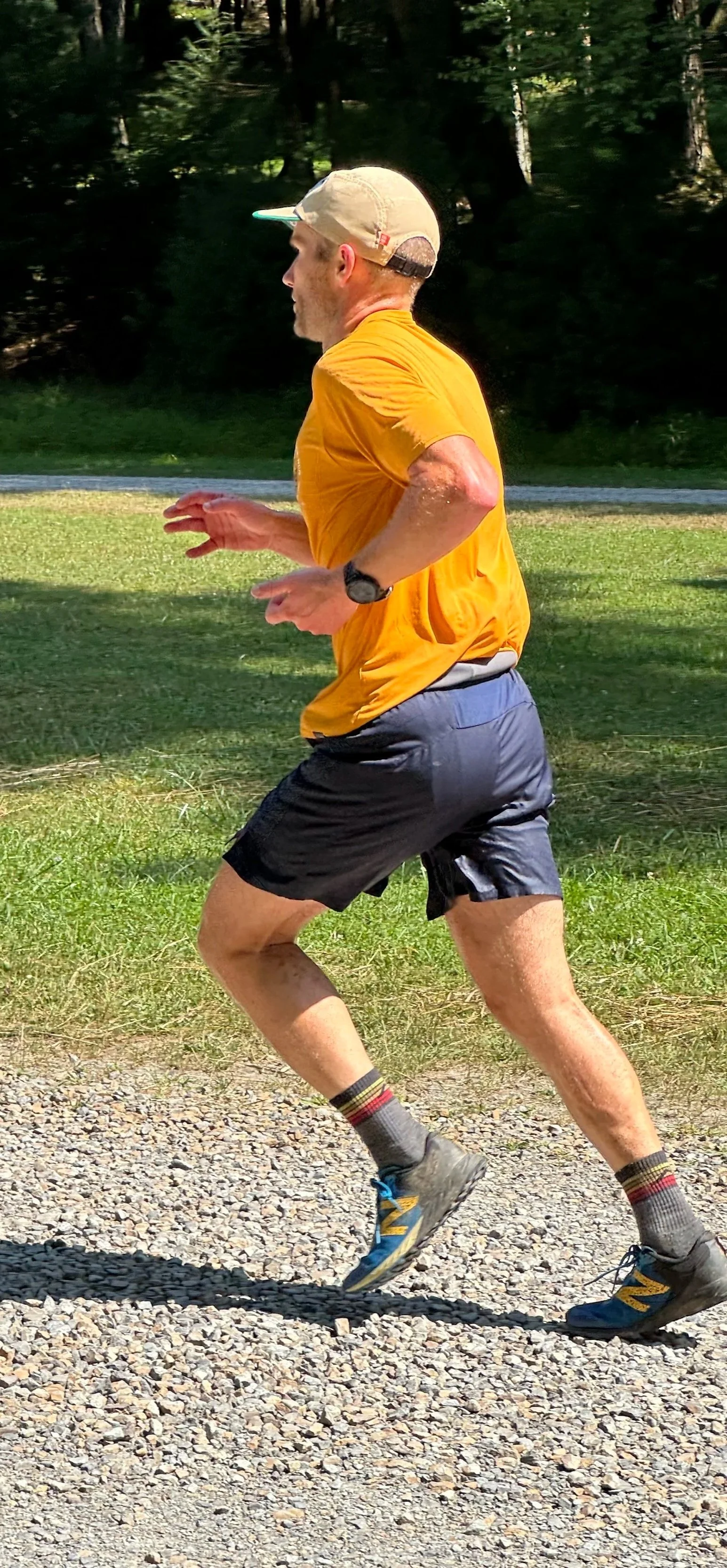Is summer over already?
/Suddenly, it’s fall! And as much as I dislike cold weather, I’m looking forward to a little mental and physical recharge. I hope you have been able to get out this summer to explore some new places, complete a new race, and make some awesome, fulfilling adventures of your own. Here’s a bit about the tough and fun times I’ve had this summer.
Indian Peaks Wilderness, Colorado
Ogden Half Marathon
Way back in May, I took another crack at the Ogden Half Marathon in Wheeling, WV. While it was a little slower than my previous run there, I felt okay about the result considering my last minute entry. All the heavy split squats I did a couple days prior to the race made the two mile-long climb up 29th Street less fun for the legs, though.
Ogden’s kick to the finish
Oopsie
A few days post-race, during a regular old trail training run at Snake Hill Wildlife Management Area, I stepped onto a small rock lodged into the hillside with the pinkie toe side of my foot while simultaneously turning my body rightward. It was immediately obvious that my foot was not going to be okay. Imagine the opposite of how the foot and ankle would move with a typical ankle sprain but keep the part where you yell, “Oh &@#*$!” and you’ll have the right idea. The amount of pronation that it achieved was only because the muscles/fascia within my foot overstretched/tore/strained, whatever you’d like to call it. You’ll be glad to know Physical Therapists are not immune to being hurt in dumb ways too!
The pain kept me from bearing any weight on my heel for four days afterward and the swelling and tightness was icing on the cake. My biggest concern was the Highlands Sky 40 miler that I had been planning to run on June 14. I briefly maintained hopes of racing, cross trained on the bike, but to cut a long story short, the fear of worsening the injury (and taking a DNF) led me to skip the race and volunteer. Two weeks is truly not enough time to properly rehab and heal for such a long, rugged event. The conditions were particularly wet, muddy, and gnarly, so it was surely a smart move.
I’ve had many injuries over the years, but this had to be one of the most annoying.
A Dolly Sods Forest Road Still makes a nice place to hang out and volunteer
Summer was far from over. At first, cautious reintroduction of flatter road and rail trail runs was the only option. Just like any other orthopedically injured person, I needed to be relentless with my home exercises. Lots of heavily weighted single leg calf raises, biased calf raises to target the flexor hallucis brevis and flexor digitorum brevis muscles inside the foot, toe yoga to engage and coordinate muscles in the foot, and plenty of balance work. Oh, and a couple rounds of trigger point dry needling to the foot muscles.
Gene’s Run 5K
By late June, I felt ready for a little higher intensity running at the freshly revamped Gene’s Run 5K. Aside from the ridiculous, soul-crushing heat and humidity and an ample supply of fast teens and 20-somethings, the race went well, helped along by the combination of tape I strapped onto my foot and carbon plated shoes - because these things countered the provocative pronation movement. Don’t believe the shoe marketing hype that pronation of the foot is a bad thing - it’s a normal movement - but changing how the forces are dished out and the overall amount of movement is useful when the muscles that help control the arch height and create foot stability are injured and painful.
Now, of course, trail running and road running create very different stresses. A slight road slope is one thing to contend with but roots and rocks and steep sideways cambers (like where I became injured) require a ton of foot and ankle movement variation with every stride. Using stiff, carbon plated shoes would be a disaster on trails as they would set you up to sprain an ankle or knee, trip and fall, and generally feel unstable and awkward.
Fortunately, as the weeks of short runs and strengthening passed, I was able to reintroduce more trail time and some of that was with hiking and trail work, not just running. This is a reminder that any and all progress is a great thing. We all want to progress faster, but we are often limited by things we don’t necessarily have control over. It’s all about dosing in the right amount of stress at a rate your body can adapt to safely. PT Rule #1: Never get greedy with progress, whether it’s when you are recovering from an injury or trying to gain fitness.
Colorado and Pikes Peak 30K
Despite my ultra-brain’s strong desire to do a 50K, I talked myself down in distance to complete the Pikes Peak 30K in Colorado Springs, CO by late July. The bigger priority was to train in the mountains around Colorado in the days prior to the race. So that’s what I focused on all month in the lead up - just building time and durability and being thankful to get out on trails reliably again. After a high-speed fire road downhill for nearly the final six miles of the race, I won’t deny having some mild foot discomfort in the closing couple miles of the race, but it wasn’t unexpected or counterproductive. A 9th place finish was an awesome bonus for a low altitude resident. Across seven days, I accumulated 22,000 feet of ascent in 71 miles of hiking and trail running and it was all super fun. My kids came out for some hikes, some tamer than others, some with higher blood sugar levels than others. There was no crying though. At least not by the children.
Early on the climb at the Pikes Peak 30K
Hey Bear, Indian Peaks Wilderness
Indian Peaks Wilderness boundary
King Lake, Indian Peaks Wilderness
NICA
Later in the summer I began coaching in the local NICA (National Interscholastic Cycling Association) program as my son developed more interest in mountain biking. The Morgantown Trail Hawks includes students from 6th to 12th grade and it’s a great program. It’s been fun to spend more consistent time on the mountain bike again and see so many enthusiastic and talented young riders. It’s really cool to see pure beginners make big progress in just a few weeks of time too.
Big Bear Lake’s NICA race
Cook Forest 25K
Since I was consistently trail running again with rare and minimal foot symptoms, I just couldn’t pass up the mid-August opportunity to check out the Cook Forest 25K in Cooksburg, PA. What a great spot to have an event. Tons of spruce and pine trees. Challenging but often very fast, maintained trails. The course had its memorable moments of several intense climbs and a 1.5 mile long, fast road section along the Clarion River to break it up. It was nice to push the intensity and I finished up as 4th place overall against some young whippersnappers.
Dying at the finish
Helvetia 10K Mountain Run
Finally, in mid-September my wife suggested we repeat the Helvetia 10K Mountain Run. I think it’s because she suddenly loves camping (and bought a cot). The weather was fantastic for both camping and the race. Several familiar faces came out because WV Mountain Trail Runners always has great events. While I was a tiny bit slower than last year, all things considered, I’d call it a success and was very happy with 3rd overall against more young whippersnappers.
Helvetia’s backroads
The bear’s gonna get you
Thinking about training for an endurance event or maybe a big mountainous adventure? Let me know if you need help!















































